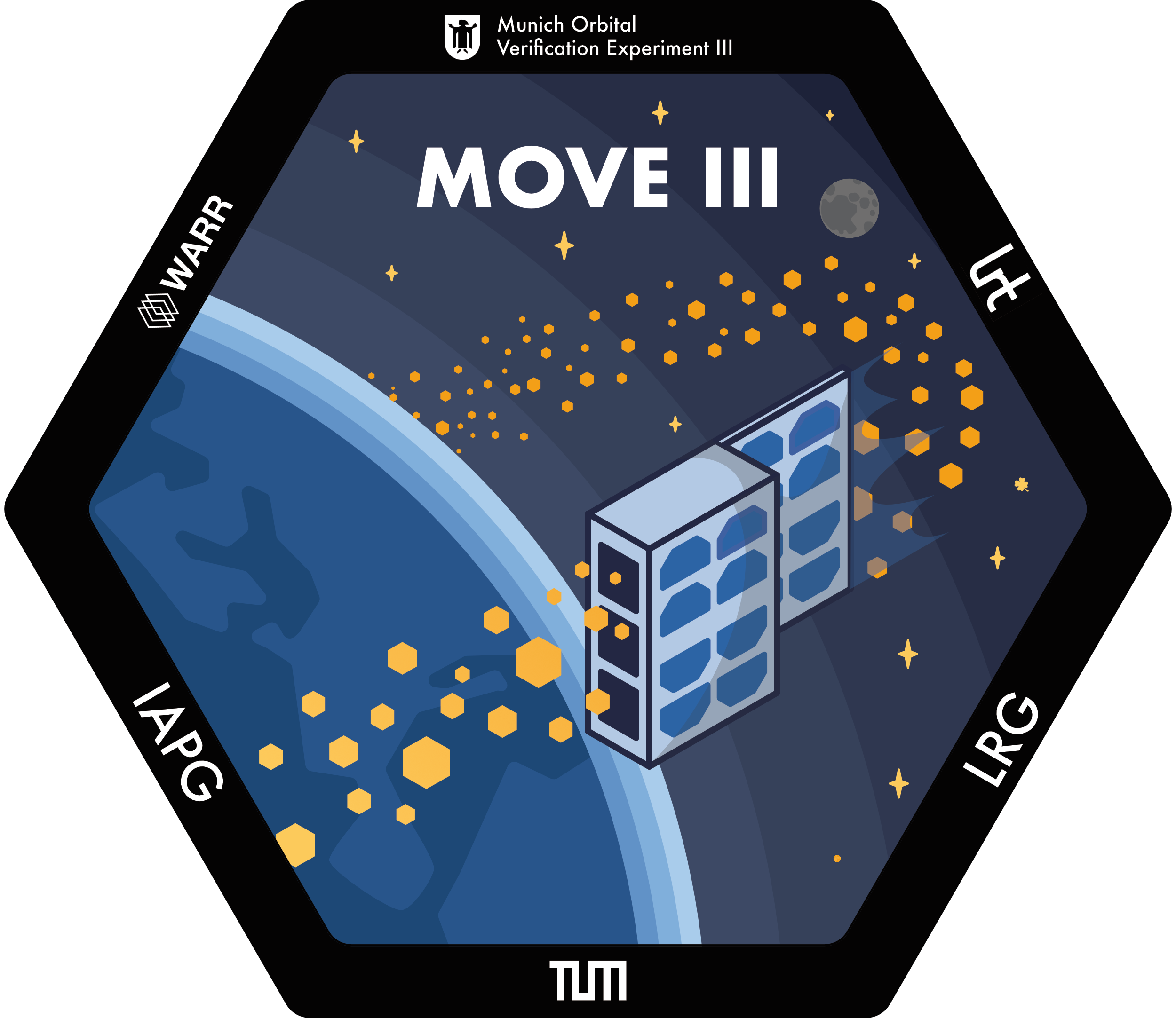
MOVE-UP
Experiments at the edge of space
Stratospheric Balloons
Stratospheric balloons are launched daily by the thousands – they are central for weather prediction and research. These ballons are filled with Helium and will reach a height of up to 22 miles (36km), where they burst and drop their payload back to earth, usually using parachutes.
Weather balloons have established themselves as a popular project for student groups, who will develop and test scientific payloads.

Our Mission
It is the goal of MOVE-UP to launch stratospheric balloons regularly. These will carry scientific payloads and perform hardware tests for our satellite technology development. The MOVE-UP missions are intended to be educational to allow members without practical experience to apply their theoretical knowledge.
Previous Missions

MOVE-On
Hydrogen
2017
MOVE-On-H was the first balloon mission completed by the MOVE team, and was part of the Chair of Astronautics (LRT) summer school 2017. The systems were developed and flown by students within a week.

MOVE-III
Test flights
2021 – 2022
Three stratospheric balloon missions have been launched as part of the development of the MOVE-III satellite and its MOVE-BEYOND bus systems. Subsystems were proven and data was gathered on how to improve them.







